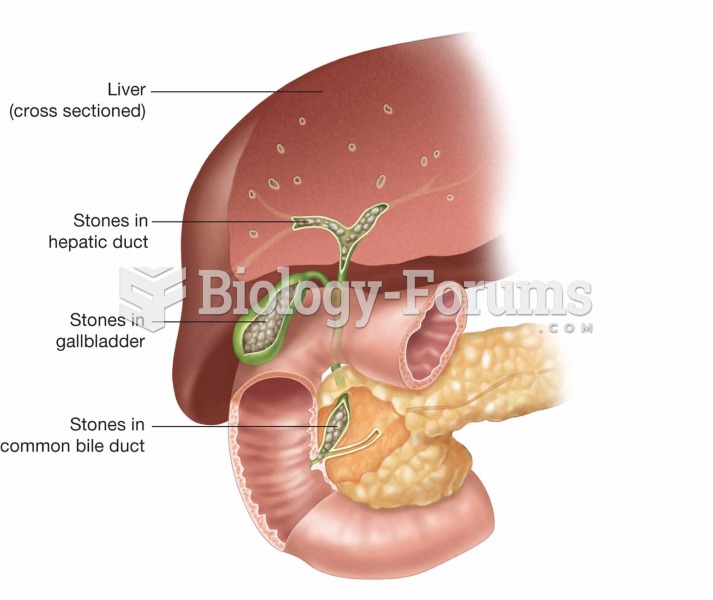Question 1
What advantage did the peninsulares receive in the Spanish Colonies?
A. They received land.
B. They received the revenue from silver mines.
C. They received the best, most profitable jobs in the region.
D. They were treated like second-class citizens.
E. They received noble titles.
Question 2
The characteristics of the early plantation economy involved all of the following EXCEPT ________.
A. forced slave labor
B. unprecedented racial diversity in the colonies
C. transatlantic shipping
D. linguistic and cultural diversity
E. dynastic warfare
Question 3
What conditions in Africa facilitated the capture and forced transport of African slave labor?
A. stable political relations between African communities
B. political unrest and inter-tribal warfare
C. strong trade networks within Africa
D. well developed transportation and roads in Africa
E. religious tolerance
Question 4
What did the world learn about the Atlantic Passage from memoirs and ships' logs?
A. Cargo was shipped in filthy conditions.
B. Sailors were treated with respect and good pay.
C. The work of sailors was unrelenting and brutally hard.
D. The process of moving Africans to the Americas was horrific and inhumane.
E. The Atlantic Passage was a largely corrupt trading endeavor where captains try to cheat their buyers at every chance.
Question 5
What was one of the most important causes that drove European nations to increase their taxes in the mid-eighteenth century?
A. They wished to settle more colonies in the New World.
B. They wished to import more slaves from Africa.
C. They wished to increase their trade networks.
D. They had to pay off their war debts from prolonged wars.
E. The parliaments in Europe spent extravagantly and required increased revenue.
Question 6
What did the following colonies have in common: Nova Scotia, Newfoundland, Bermuda, Jamaica, and Barbados?
A. They were all founded by Christopher Columbus.
B. They were all important sugar producers.
C. They all imported Africans for slave labor.
D. They were all British colonies.
E. They are all located in the Caribbean Sea.






